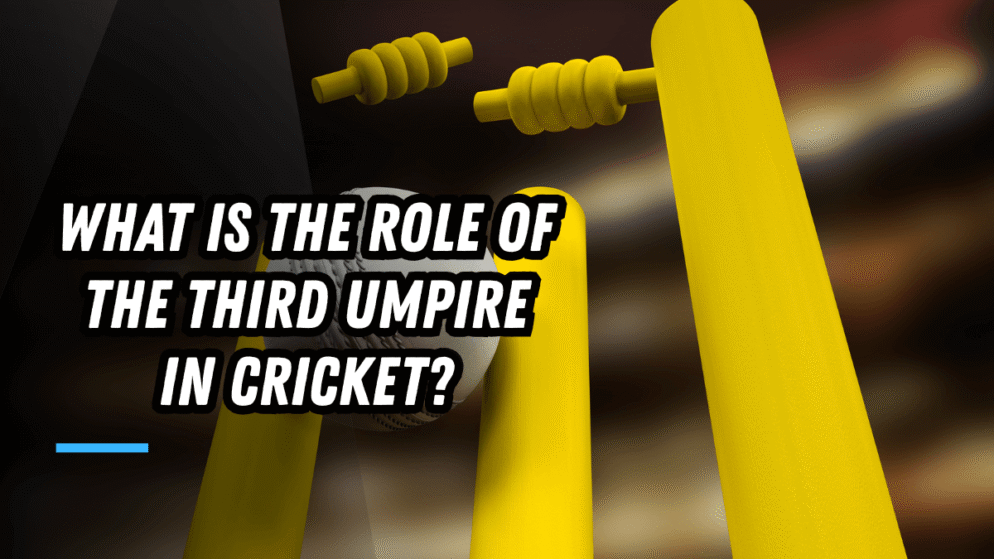

The International Cricket Council appoints umpires and referees to oversee the proceedings of a professional cricket match. Each cricket match features one referee and four umpires. Two umpires are present on-field whereas the third and fourth umpires are supervise from off the field. This article focuses on the roles and responsibilities of the third umpire.
In 1983-84, Mahinda Wijesinghe put forth the concept of having an umpire who could utilise cameras for improving decision-making in cricket. But the idea didn’t take any encouragement. In 1992, South Africa became the first country to implement this system in their series against India. As a result, Sachin Tendulkar became the first player to be adjourned run out by a third umpire. The third umpire was called Karl Liebenberg, who thus became the first ever third umpire to make a decision.
The third umpire is appointed from an Elite Panel of Umpires shortlisted by the International Cricket Council. In test cricket and One Day International cricket, it is mandatory for the third umpire to be from a nationality apart from the two teams between whom the match is played. In T20 cricket, the third umpire is chosen from the home side’s governing body of cricket.
Television replays, decision review system, Hawkeye, snickometer, hotspot, are some of the many technological advances that has improved decision-making in cricket for the third umpire.
When a decision is challenged, then the on-field umpires make a signal with wherein they draw a rectangle with their hands. This is a sign for the third umpire to intervene and help in the decision-making. Another role of the third umpire is to take over the on-field duties should one of the umpires retire due to illness. The third umpire’s duties are then handed over to the fourth umpire.








